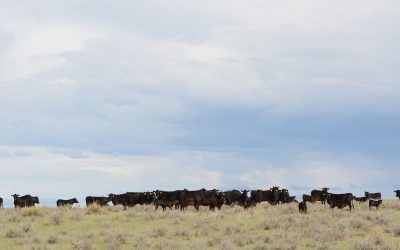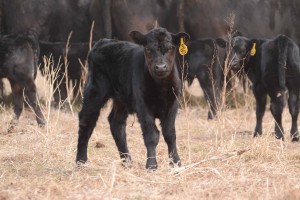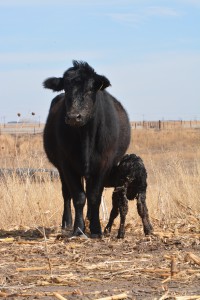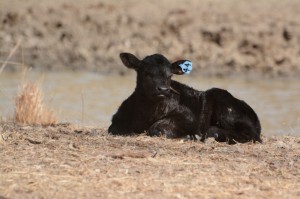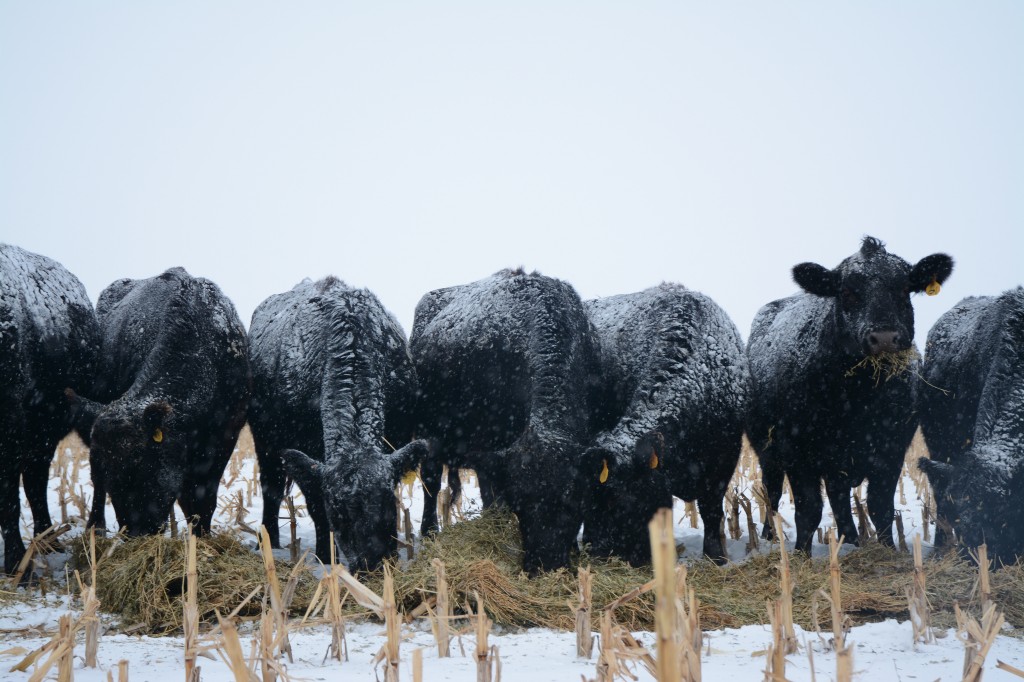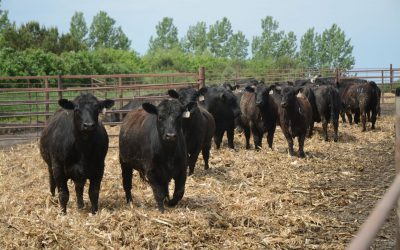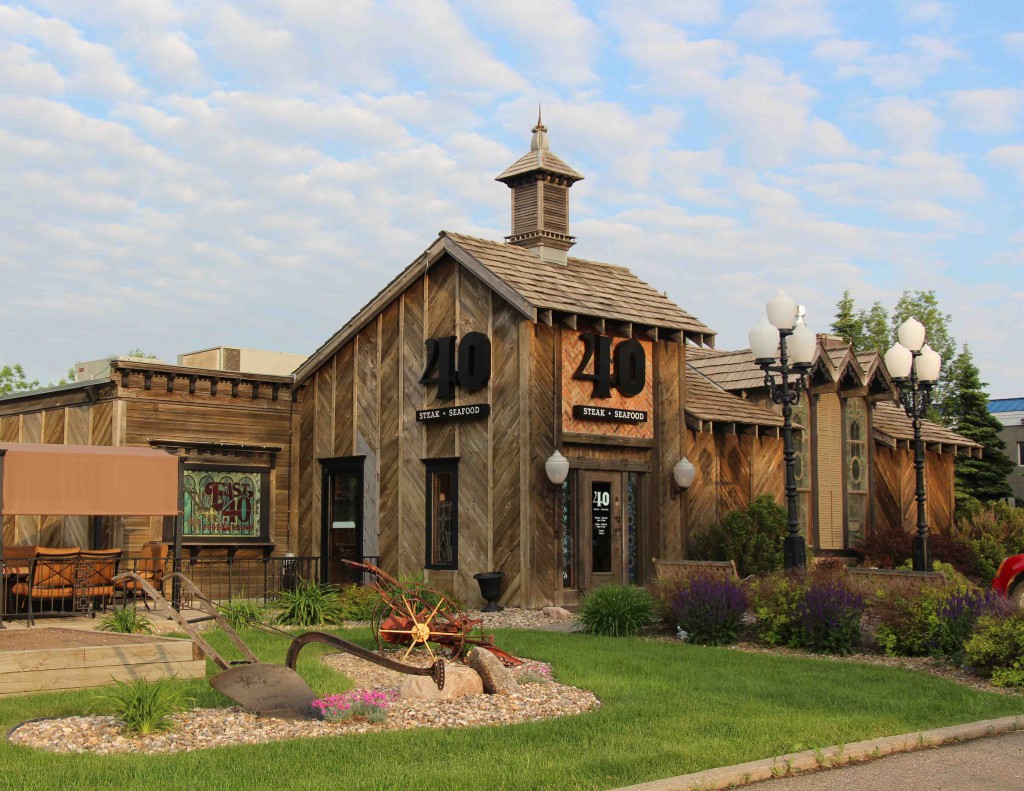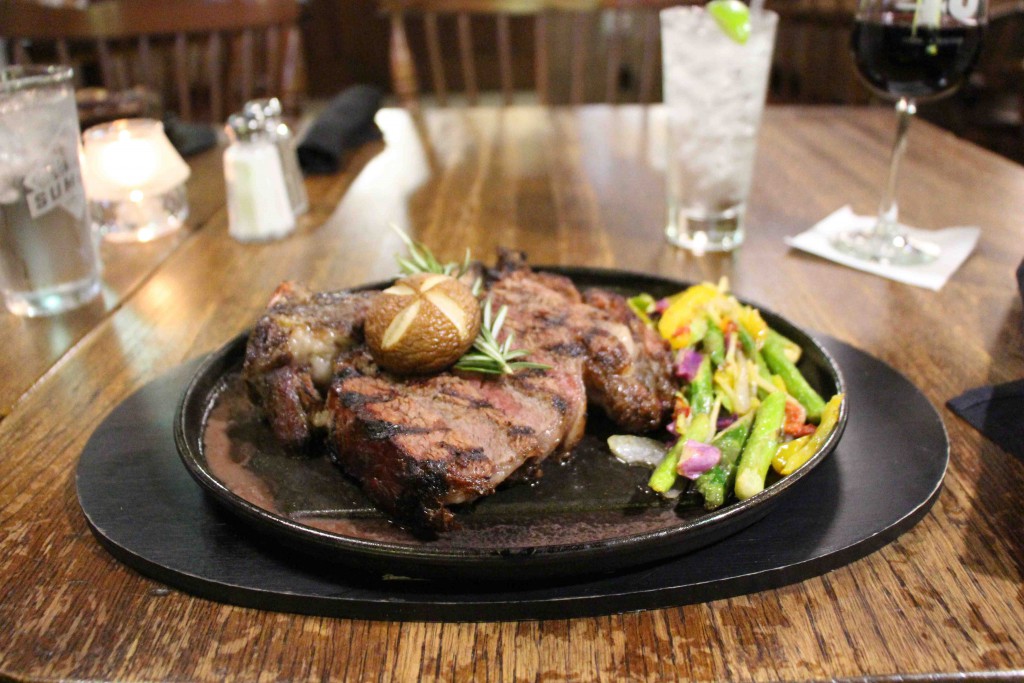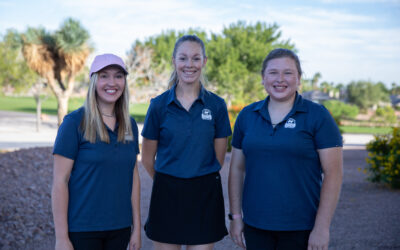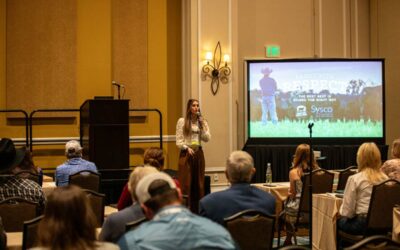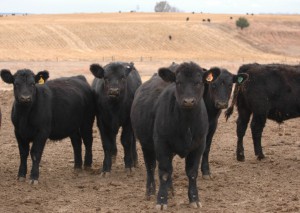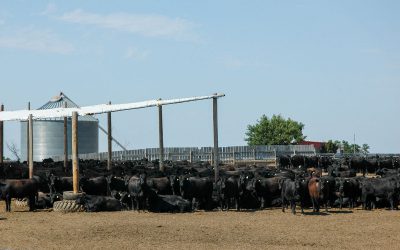
A DVR for the beef business
One of the last times I was “home” at my parents’, my dad and I watched the 10 o’clock news, at 11 p.m.
My own family doesn’t have a DVR (or cable or dish or anything beyond the good ole antenna) but I quickly saw the efficiency in setting the DVR and then skipping commercials. We could watch more than one show in the same half-hour slot.
Dad claims he can view an entire NFL football game in two hours now, compared to the all-afternoon event it once was.
That got me thinking: imagine if we could have that same kind of efficiency in the cattle business — especially as it relates to genetics — cutting the time it takes us to see end results by half?
In a business where every improvement moves at a slower pace than our other protein-producing competitors, that would be a dream.
Or maybe it’s reality.

Previously, if you wanted to use a young bull, you either had to take a chance that it really did what it was predicted to do or wait around until there was enough data to strengthen the accuracy. Genomics can fast-forward that timetable, and a simple blood test improves accuracy that is equivalent to having 10 to 20 progeny records.
If you’re in a herd rebuilding phase, stop to think of the value of a replacement heifer. What is the cost of making a bad decision?
DNA genomic tests are a simple tool that can help you characterize, sort and be more certain of which females belong in your herd and which ones don’t.
It allows you to speed up the game, which is good if you’re headed in the right direction. It’s also good if you can find out sooner that your herd is veering off track and you need a course correction.
If you’re aiming to improve quality and performance measures, to draw in rewards from the next segment in the beef chain, to create more consistency from your ranch all the way to the consumer, you might want to think of employing a little of this technology.
“Just DVR it!” Dodge variation rapidly, that is.
May your bottom line be filled with black ink,
Miranda
You may also like
Buy better
The subject of herd improvement is more nuanced than, “Buy better bulls.” Yet, that’s a pretty foundational place start. This Black Ink column explores the idea of buying better.
Not perfect, but working to get better
The CAB Cattleman Connection team heard its name called more than once in the virtual ceremonies, and each time came a sense of personal accomplishment, but even better: confirmation that we’re getting better at our craft. I hope that means we’re doing a better job for you.
They run deep
The pastures at Dalebanks Angus near Eureka, Kan., hide the plants’ challenge well. Native big and little bluestem adapted over the ages to thrive in the shallow soil, only a few inches deep in places, that blankets the underlying limestone. Shards of flint mingle with the roots.

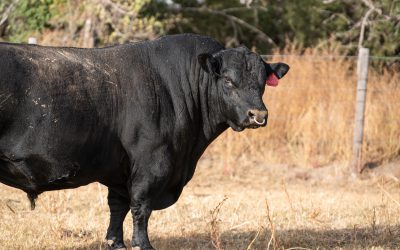
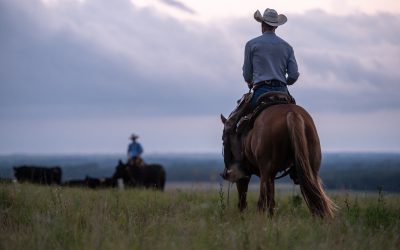
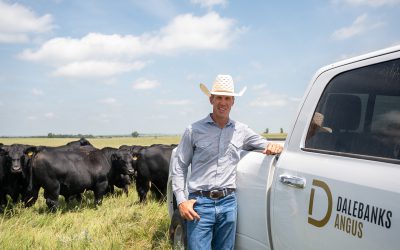

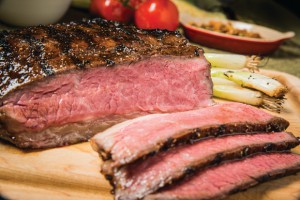 It’s during these times of early mornings and late nights that the last thing on our minds is what to fix for supper. Planning ahead during the week can save you from sifting through your cupboards when you finally make it into the house.
It’s during these times of early mornings and late nights that the last thing on our minds is what to fix for supper. Planning ahead during the week can save you from sifting through your cupboards when you finally make it into the house.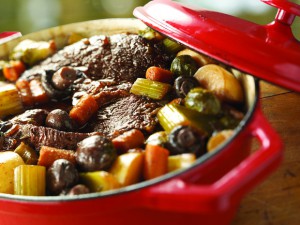 “At 7 or 8 o’clock in the morning, throw everything into a crock-pot,” Chef Tony says. “All your vegetables, your Certified Angus Beef, seasonings, and voila supper’s on the table!”
“At 7 or 8 o’clock in the morning, throw everything into a crock-pot,” Chef Tony says. “All your vegetables, your Certified Angus Beef, seasonings, and voila supper’s on the table!” Thinking of new recipes can be difficult if you don’t have the time to get creative. That’s where Chef Tony says to turn to the app. Certified Angus Beef’s app Roast Perfect is an easy way to look up recipes for quick and stress-free meals.
Thinking of new recipes can be difficult if you don’t have the time to get creative. That’s where Chef Tony says to turn to the app. Certified Angus Beef’s app Roast Perfect is an easy way to look up recipes for quick and stress-free meals.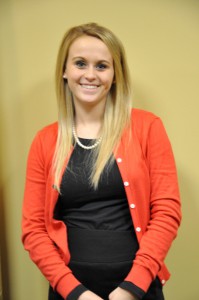 Jenny Keyes grew up as the fifth generation on her family’s Springfield, Neb., farm. Her early experiences—which included showing Angus cattle—inspired her to keep on learning about all things agriculture. Our current industry information intern, Jenny is a senior ag communications major at the University of Nebraska-Lincoln.
Jenny Keyes grew up as the fifth generation on her family’s Springfield, Neb., farm. Her early experiences—which included showing Angus cattle—inspired her to keep on learning about all things agriculture. Our current industry information intern, Jenny is a senior ag communications major at the University of Nebraska-Lincoln.





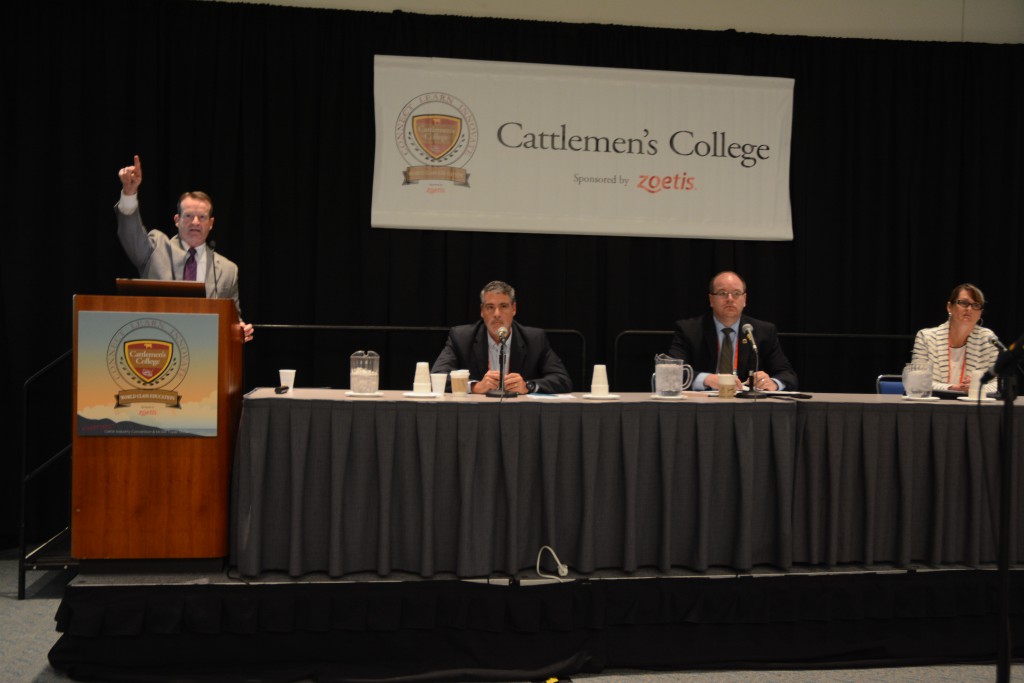


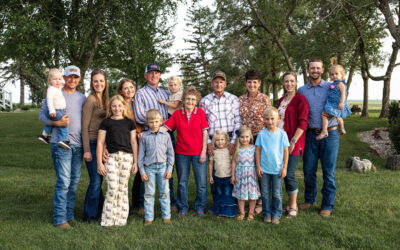




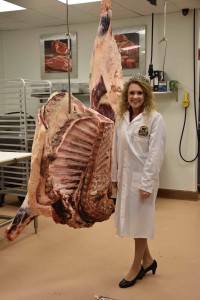 “We know that a lot of what we do at CAB is out of sight, out of mind for these young Angus breeders,” says fellow Black Ink teammate
“We know that a lot of what we do at CAB is out of sight, out of mind for these young Angus breeders,” says fellow Black Ink teammate  Alex Rogen, Brandon, S.D., is a junior at South Dakota State University and has Angus production in his genes. Time in the show ring with steers and in the pasture with bulls led him to the pre-vet track. He’s also the National Junior Angus Association’s chairman of the board.
Alex Rogen, Brandon, S.D., is a junior at South Dakota State University and has Angus production in his genes. Time in the show ring with steers and in the pasture with bulls led him to the pre-vet track. He’s also the National Junior Angus Association’s chairman of the board.
